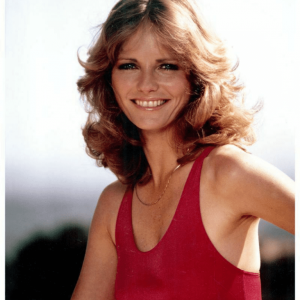When it comes to classic sitcoms that left a lasting mark on television history, The Many Loves of Dobie Gillis undoubtedly stands out. Airing from 1959 to 1963, this iconic show didn’t just entertain—it redefined how teenage life was portrayed on screen. From its unique storytelling methods to its relatable characters, Dobie Gillis offered a fresh perspective on adolescence, love, and friendship. Let’s take a nostalgic journey through the show’s profound impact and timeless charm.
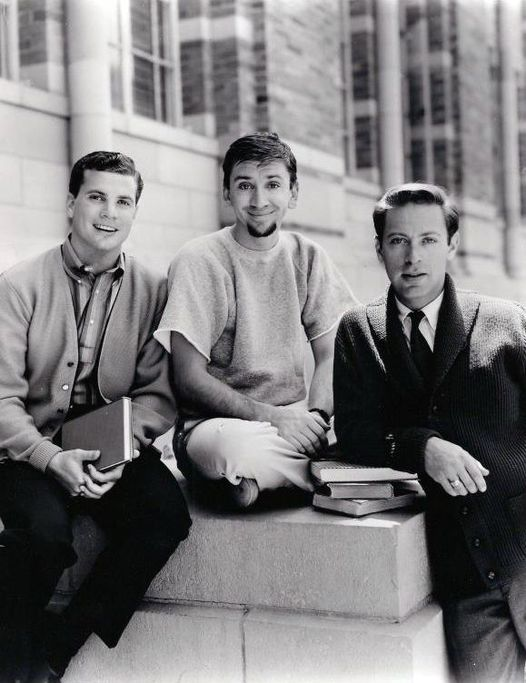
The Premise of The Many Loves of Dobie Gillis
Created by Max Shulman and based on his series of short stories, The Many Loves of Dobie Gillis follows the life of Dobie Gillis, a typical teenage boy who is constantly caught up in romantic escapades. Played by the charismatic Dwayne Hickman, Dobie is the quintessential dreamer, always longing for love and a better life.
Set in the fictional Central High School and later S. Peter Pryor Junior College, the series captures the ups and downs of teenage existence. Whether he’s pining for a girl or navigating the challenges of young adulthood, Dobie’s relatable struggles make the show timeless.
The show’s unique narrative style—where Dobie often breaks the fourth wall to address the audience directly—draws viewers into his world. This innovative storytelling technique was groundbreaking at the time and set the series apart from other sitcoms of the era.
Video: The Many Loves of Dobie Gillis: Season 1 Episode 1
Artistic Depth in Storytelling
One of the most remarkable aspects of The Many Loves of Dobie Gillis is its artistic approach to storytelling. Unlike many sitcoms of its time, the show embraced creative techniques that gave it a distinct identity.
A standout feature was Dobie’s monologues. At the beginning and end of each episode, he would sit in front of a statue of The Thinker, reflecting on his latest romantic dilemma. This direct engagement with the audience created an intimate connection, allowing viewers to empathize with his thoughts and feelings.
The show also made use of:
- Flashbacks and Dream Sequences: These elements offered a deeper glimpse into Dobie’s fantasies and fears.
- Satirical Humor: The show cleverly critiqued social norms, poking fun at societal expectations and the often confusing nature of teenage life.
- Visual Gags: From exaggerated reactions to clever set designs, the series utilized visual humor to enhance the comedic effect.
By blending humor with thoughtfulness, Dobie Gillis tackled themes that went beyond mere comedy, exploring the complexities of youthful love and ambition.
Narrative Value and Cultural Impact

The cultural significance of Dobie Gillis goes beyond its storytelling techniques. The show offered a candid, humorous portrayal of the teenage experience during a time when TV often presented more idealized versions of youth.
Dobie’s constant pursuit of love, money, and happiness resonated with viewers because it mirrored the real struggles of growing up. The series didn’t shy away from addressing topics like ambition, rejection, and friendship dynamics, making it both relevant and relatable.
Moreover, the show broke new ground by featuring Maynard G. Krebs, portrayed by Bob Denver, as Dobie’s beatnik best friend. Maynard’s laid-back, countercultural attitude provided a refreshing contrast to the more structured, conformist characters typical of the 1950s and early 1960s. His disdain for work and love for jazz made him an unconventional yet beloved character.
Character Development and Relationships

At the heart of The Many Loves of Dobie Gillis is its colorful cast of characters, each contributing to the series’ enduring appeal.
- Dobie Gillis: The lovable protagonist whose quest for romance is often misguided but always earnest. His character embodies the hopeful idealism of youth.
- Maynard G. Krebs: Dobie’s best friend and comedic foil, famous for his aversion to work and his carefree attitude. Maynard became a cultural icon in his own right.
- Thalia Menninger (Tuesday Weld): Dobie’s first love interest, whose materialistic nature constantly conflicts with his idealism.
- Zelda Gilroy (Sheila Kuehl): The smart, practical girl who harbors an unrequited love for Dobie. Unlike the superficial Thalia, Zelda’s loyalty and intelligence made her a fan favorite.
The interplay between these characters created a rich dynamic, reflecting the varied facets of teenage relationships. The series adeptly balanced romantic comedy with social commentary, making it both entertaining and insightful.
Why Dobie Gillis Was Ahead of Its Time
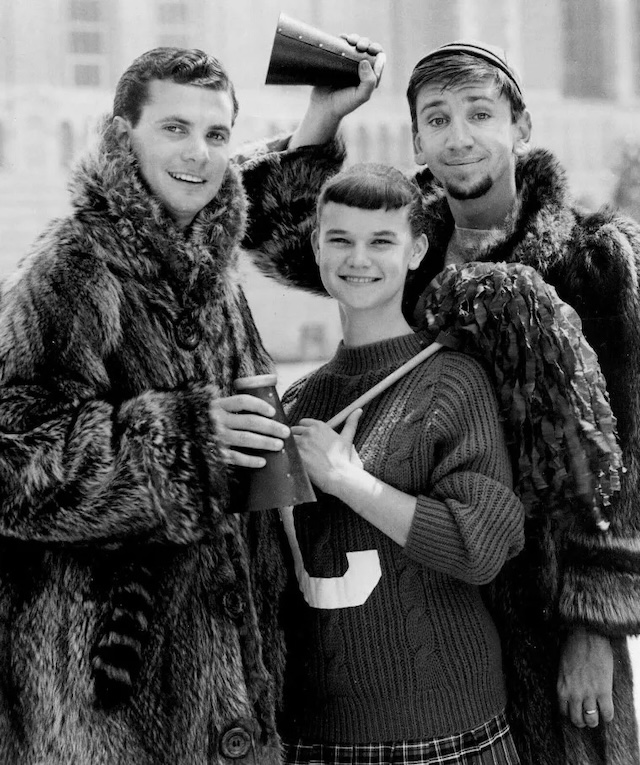
One reason Dobie Gillis remains iconic is its progressive portrayal of youth culture. Unlike other shows that depicted teenagers as one-dimensional characters, this sitcom explored the inner lives of its protagonists.
The character of Maynard, in particular, challenged traditional norms. As one of television’s first beatnik characters, he symbolized the rise of countercultural ideas. His rejection of conventional work and social expectations spoke to a growing generational divide in post-war America.
Additionally, the show’s self-aware humor set it apart. By breaking the fourth wall and allowing Dobie to directly address his audience, the series felt modern and innovative. This technique wouldn’t become commonplace in sitcoms until decades later.
The Legacy of The Many Loves of Dobie Gillis
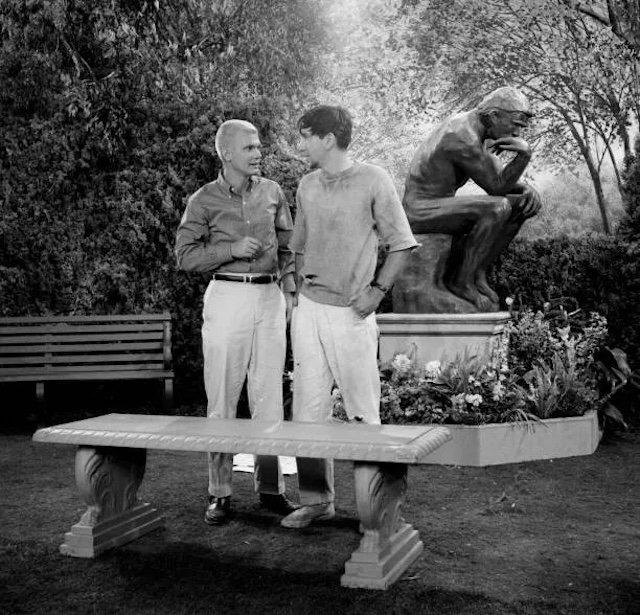
Even decades after it left the air, Dobie Gillis continues to influence modern television. Its portrayal of teenage struggles laid the groundwork for later shows like Happy Days and The Wonder Years. The show’s ability to blend comedy with deeper themes remains a template for sitcoms seeking to balance humor with heart.
The series also introduced audiences to talented actors who would go on to become icons, including Bob Denver, who later starred in Gilligan’s Island. The way Dobie Gillis embraced cultural change and youthful rebellion made it a forerunner to more daring TV shows that followed.
Conclusion: A Timeless Teenage Tale
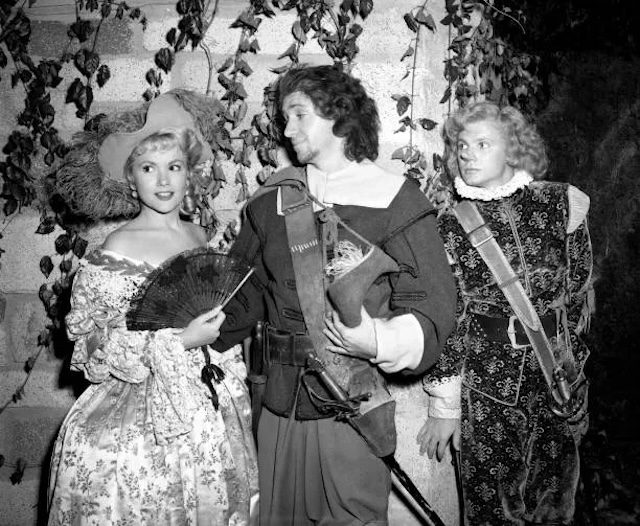
The Many Loves of Dobie Gillis is more than just a sitcom from the past—it’s a cultural milestone that captured the essence of teenage life in a refreshingly honest way. By breaking traditional storytelling norms and embracing the quirks of youth, the show became a beloved classic that continues to inspire.
Through its creative narrative style, unforgettable characters, and insightful social commentary, Dobie Gillis left a mark that transcends generations. Whether you’re revisiting the series or discovering it for the first time, one thing is clear—Dobie’s quest for love and purpose is as relatable today as it was back then.
The charm of Dobie Gillis lies in its ability to laugh at the confusion of youth while also celebrating its optimism. It’s a reminder that even when life doesn’t go as planned, it’s the pursuit of dreams and the friendships we make along the way that truly matter
